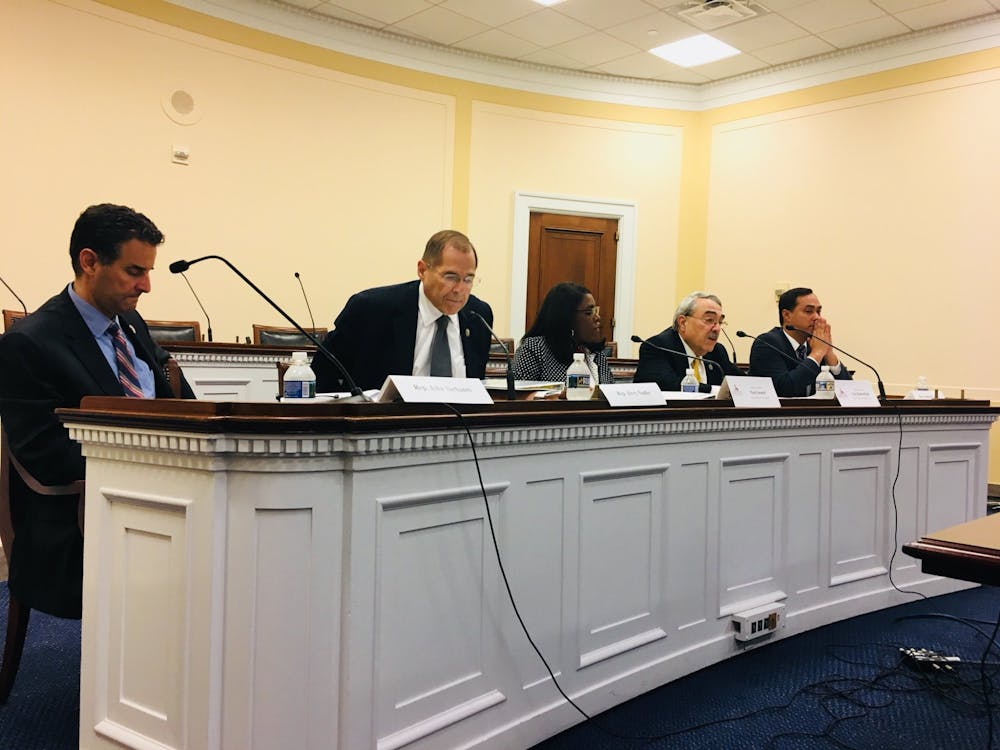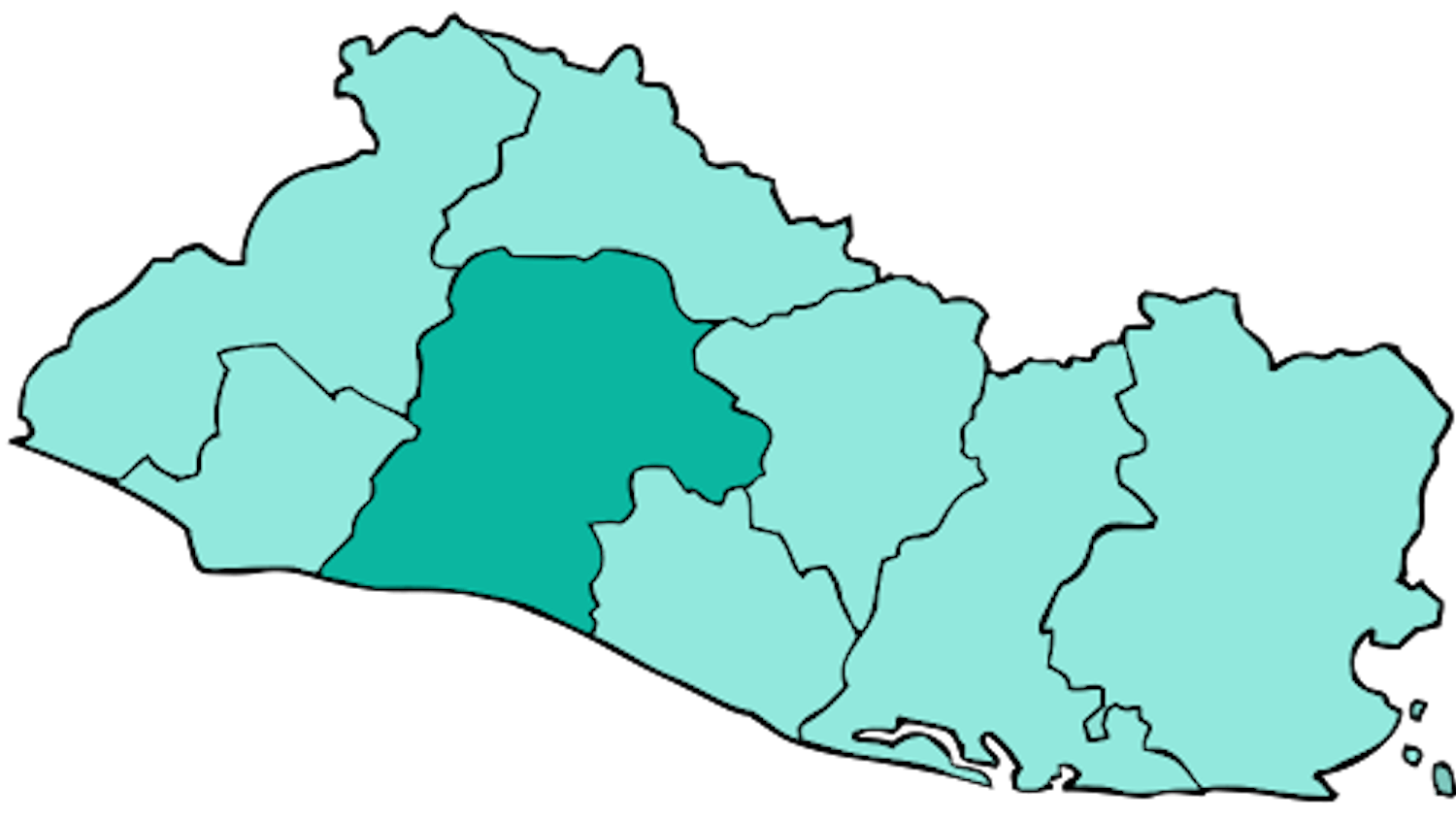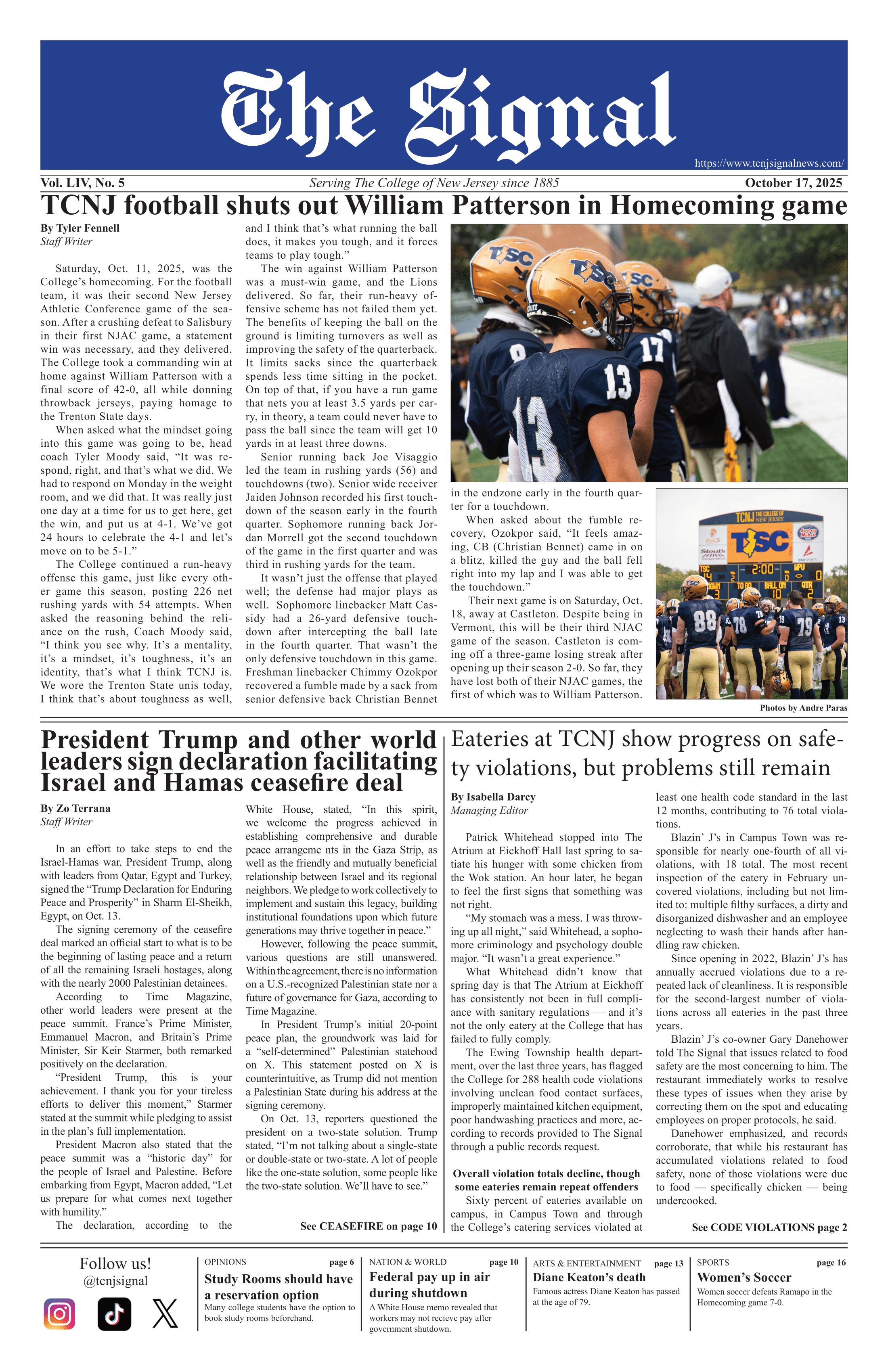By Rebecca St Fleur
Correspondent
Oral arguments were presented to the Supreme Court on Oct. 15 in Louisiana v. Callais, a case that challenges Section 2 the Voting Rights Act and its protections against state-sanctioned discrimination.
Passed in 1965 during the civil rights era, the Voting Rights Act was created to stop election practices that deliberately undermined communities of color and district voting maps that were racially discriminatory. However, since 2013, the Supreme Court has gradually been cutting away at the law’s pillars.
This case first emerged with a lawsuit against Louisiana by black voters, who pushed for the state to draw a majority black congressional district, claiming that this change would be a more accurate representation of the state’s demographic.
CNN reports, “Louisiana drew only one congressional district out of six with an opportunity to elect a Black member of Congress, despite the fact that African Americans make up about a third of the state’s population.”
After the case went through the lower courts, the Supreme Court agreed to determine whether the electoral map of Louisiana defied the Voting Rights Act.
Over the summer, however, the BBC reported, “Louisiana's Republican officials flipped from defending their state's legislative map, which they had said was drawn to be in compliance with the Voting Rights Act, to asking the court to do away with the law's black-district requirements entirely.”
In the hearing that was scheduled for only an hour, arguments went on for more than two. Conservatives took a racial-colorblind stance, asserting that the Voting Rights Act and any consideration of race in the law itself is a form of discrimination.
The original black voters who brought the case disagreed.
Representative lawyer Janai Nelson insists, “We only have the diversity we see across the south because of litigation that forced the creation of opportunity districts under the Voting Rights Act.”
In recent decisions, the Supreme Court’s six-to-three conservative majority has mostly voted along these established party lines — shifting the political landscape and law to the right. President Trump’s administration has already declared support for this challenge against the Voting Rights Act.
The legislative and congressional district lines of states are redrawn every decade in a process known as redistricting. This is to create maps that are representative of a state’s population.
These boundaries usually have a substantial impact on who is elected, and sometimes, these lines are drawn with the intent to influence what politicians win an election.
Due to America’s chronicled past of residential segregation based on race, it is much easier for this to be done against marginalized groups.
Racial gerrymandering is not new, but its use seems to have increased in recent years. Back in July, Trump urged Governor Abbott of Texas to redraw district lines in an effort to create five additional Republican leaning congressional districts ahead of the 2026 midterms.
Reuters states, “Conservative Justice Samuel Alito questioned Nelson about the degree to which state lawmakers are allowed to draw maps to favor their own political parties and protect politicians already in office. The Supreme Court has permitted lawmakers to pursue this goal, though party affiliation and race of voters are often strongly correlated.”
The Supreme Court first heard arguments for this case back in March, but afterwards decided on wanting to hear more arguments before making a decision.
They are expected to make a final ruling by June, but if this challenge is successful, it could lead to a dozen seats or more flipping from Democrat to Republican.







